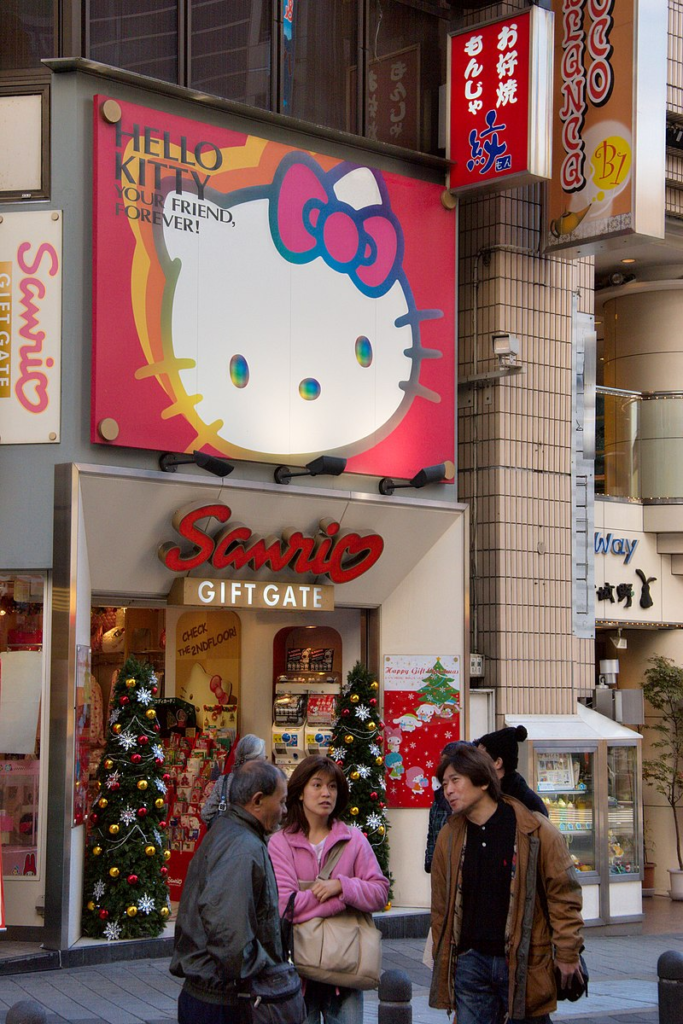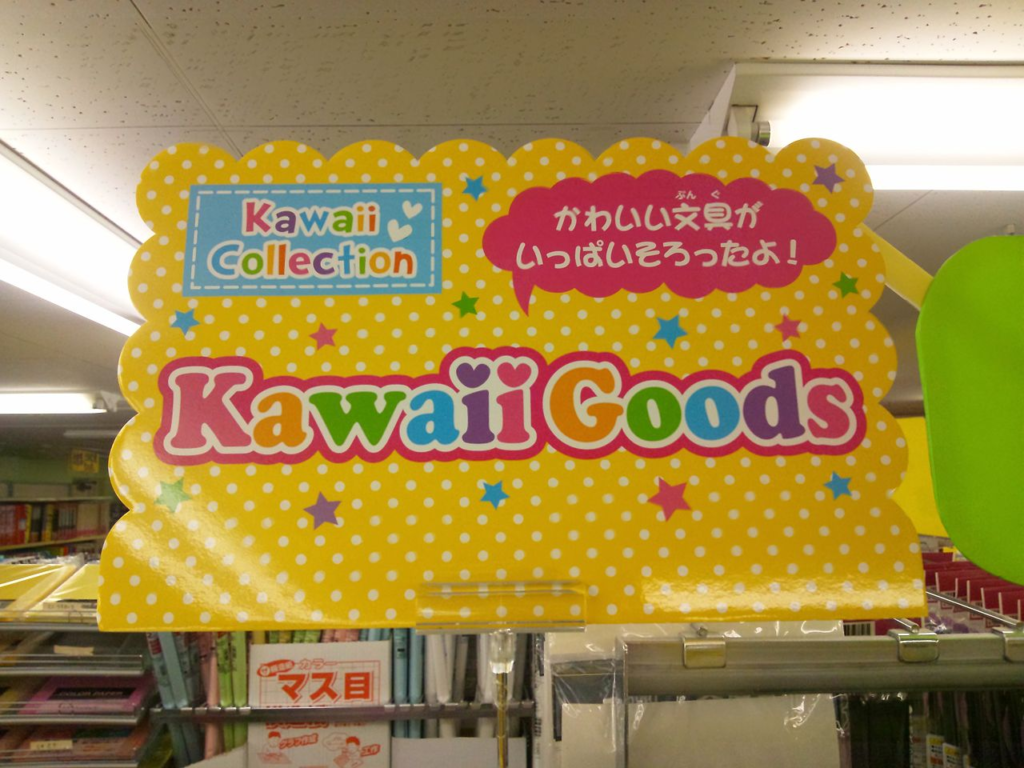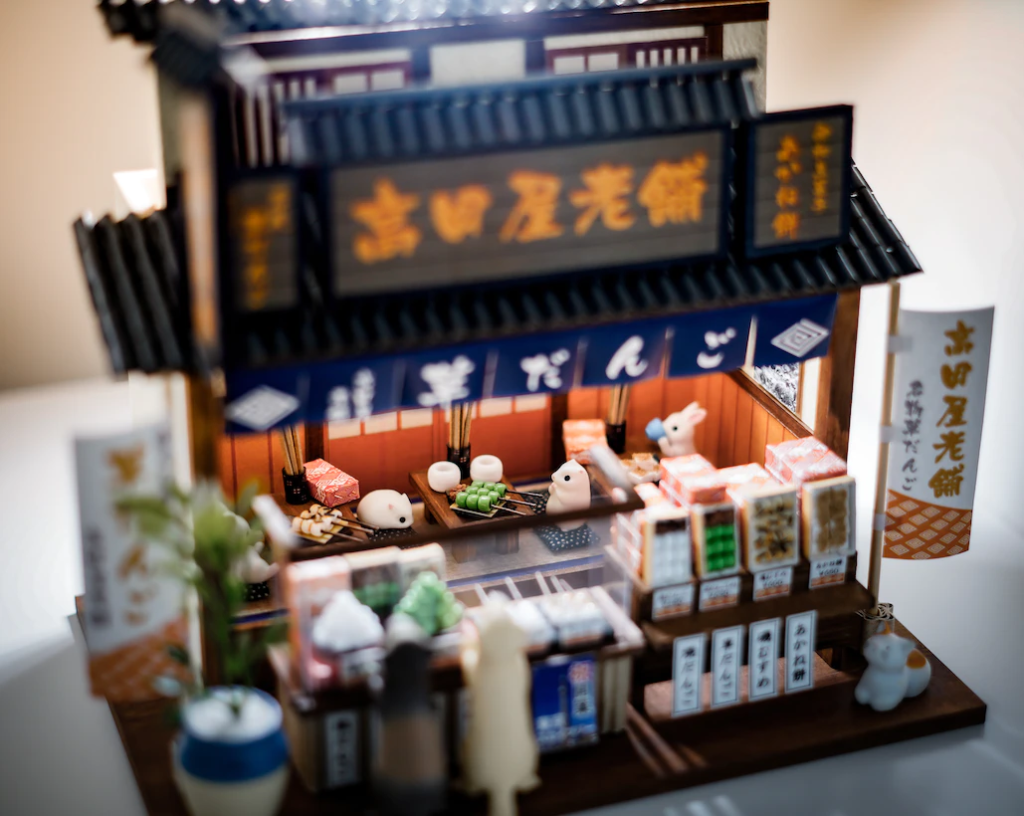From its origins in Japanese culture to its influence on fashion, pop culture, and consumer culture, learn all about the appeal and cultural significance of kawaii in this comprehensive guide by Japan Fans.
Kawaii Culture: A Beginner’s Guide to the World of Cute & Adorable Japanese Style
Kawaii – 可愛い or かわいい – is a Japanese term that translates to “cute” or “adorable,” and it has gained widespread popularity around the world. Originally a part of Japanese culture, kawaii refers to a specific aesthetic that values cuteness and innocence, and it is often associated with colorful, childlike imagery.
The concept of kawaii has its roots in the post-World War II era, when Japan experienced rapid economic growth and a shift towards westernization. As part of this process, Japanese society began to embrace more youthful and playful elements, including the kawaii aesthetic. Over time, kawaii has become an integral part of Japanese culture and has influenced everything from fashion and art to consumer products and pop culture.
Today, kawaii is embraced by people of all ages and cultures, and it has become a global phenomenon. From cute animal characters and plushies to fashion accessories and home decor, kawaii items can be found almost anywhere. Whether you’re a fan of all things cute and adorable or simply curious about this fascinating aspect of Japanese culture, read on to learn more about the world of kawaii.

Characteristics of kawaii
The concept of kawaii is subjective, and what one person might find cute and adorable, another person might not. However, there are certain characteristics or features that are often associated with kawaii, such as:
- Playfulness: Kawaii items often have a playful, childlike quality to them, with colorful and whimsical designs.
- Innocence: Many kawaii items are meant to evoke feelings of innocence and purity, often through the use of pastel colors and simple, straightforward designs.
- Cuteness: One of the main defining characteristics of kawaii is cuteness, which can be conveyed through a variety of methods such as adorable animal characters, round and soft shapes, and large, expressive eyes.
Overall, kawaii items are often described as charming, adorable, and pleasing to the eye. While there is no hard and fast rule about what can and cannot be considered kawaii, these characteristics are commonly associated with the aesthetic.

Examples of kawaii items
- Plushies: Plushies, or stuffed animals, are a classic example of kawaii. Whether they’re shaped like adorable animals, cute characters, or even food, plushies are known for their soft, huggable bodies and charming designs.
- Stationery: From pens and pencils to notebooks and stickers, kawaii stationery is a popular choice for those who love cute and colorful school or office supplies. Many kawaii stationery items feature cute characters or designs, making them perfect for adding a touch of whimsy to your everyday tasks.
- Clothing and accessories: Kawaii fashion is all about incorporating cute and playful elements into your wardrobe. From skirts and socks with cute animal or character designs to dresses and skirts with pastel colors and frilly details, there are endless ways to embrace the kawaii aesthetic through your clothing and accessories.
- Home decor: From cute kitchen gadgets and utensils to pillows and blankets with adorable designs, kawaii home decor is a great way to add a touch of whimsy to your living space.
- Toys and games: From puzzle games featuring cute characters to toy figures and dolls with charming designs, kawaii toys and games are a fun way to bring a little bit of cuteness into your daily life.

The appeal of kawaii
So why do people find kawaii things so appealing? There are a few key reasons why kawaii has gained such widespread popularity around the world:
- Happiness and comfort: Many people find that looking at or interacting with kawaii items brings them joy and a sense of comfort. The cute and charming designs of kawaii items can evoke positive emotions and help to brighten one’s mood.
- Escapism: For some people, engaging with kawaii items can provide a sense of escapism from the stresses of daily life. The cute and playful nature of kawaii can help to create a sense of whimsy and lightness, making it a fun and enjoyable way to relax and unwind.
- Nostalgia: For some people, looking at or interacting with kawaii items can bring back memories of childhood or simpler times, evoking feelings of nostalgia and comfort.
- Personal expression: For some people, incorporating kawaii elements into their clothing, accessories, or home decor is a way to express their personality and interests.
Do you also love kawaii items? And if so, which ones do you have? Feel free to discuss this and more in our Japan Fans group.

The science of kawaii
There is also some scientific and psychological research that suggests that looking at cute things can have a positive impact on our mental health and well-being. For example, research has suggested that engaging with cute items can increase oxytocin levels, which can lead to feelings of warmth and social bonding.
The most notable article in this discussion is “The Power of Kawaii: Viewing Cute Images Promotes a Careful Behavior and Narrows Attentional Focus,” which was published in the journal PLOS ONE in 2010. The study was conducted by researchers at the University of Hiroshima in Japan, and it aimed to investigate the effects of viewing cute images on attention and performance on tasks that require careful attention.
In the study, the researchers conducted two experiments in which participants were asked to perform a series of tasks that required careful attention, such as tracing a line through a maze or counting the number of times a target image appeared on a screen. The participants were randomly assigned to view either cute images or non-cute images (such as neutral or unpleasant images) before performing the tasks.
The results of the study showed that participants who viewed cute images before performing the tasks had better performance and made fewer errors compared to those who viewed non-cute images. The researchers concluded that viewing cute images can promote a careful behavior and narrow attentional focus, potentially because cute images trigger a caretaking response in the viewer.
This study provides some interesting insight into the potential benefits of looking at cute images, but it is important to note that it is just one study, and more research is needed to confirm and expand upon these findings.
Overall, the appeal of kawaii lies in its ability to evoke positive emotions and bring a sense of joy and comfort to those who engage with it.
The cultural significance of kawaii
Kawaii has become an integral part of Japanese culture, and it has had a significant impact on various aspects of society and pop culture. Here are a few ways in which kawaii has played a role in Japanese culture:
- Fashion: Kawaii fashion has become a popular trend in Japan, with many people incorporating cute and playful elements into their clothing and accessories. From frilly dresses and bows to cartoon character-themed clothing, kawaii fashion is all about expressing one’s personal style through cute and adorable items.
- Pop culture: Kawaii has also had a significant impact on Japanese pop culture, with many popular manga, anime, and video games featuring cute and charming characters and storylines. In addition, many Japanese pop musicians and celebrities are known for their kawaii-inspired fashion and music.
- Consumer culture: Kawaii has also played a role in Japanese consumer culture, with many products and services incorporating cute and charming elements in their design and marketing. From cute character-themed restaurants and cafes to kawaii-inspired home decor and beauty products, kawaii has become a lucrative and influential part of Japanese consumer culture.
Kawaii has also gained popularity around the world, and it has been embraced by people of all ages and cultures. While it has its roots in Japanese culture, kawaii has been adapted and embraced by people around the world, and it has become a global phenomenon.
Overall, kawaii has become an integral and influential part of Japanese culture and pop culture, and it has also gained widespread popularity around the world. Whether it’s through fashion, pop culture, or consumer culture, kawaii has made a significant impact on society and continues to be a popular and enduring trend.
Conclusions
What is Kawaii? The Japanese term that translates to “cute” or “adorable,” has gained widespread popularity around the world. From plushies and stationery to clothing and home decor, kawaii items can be found almost anywhere, and they are loved by people of all ages and cultures.
But what is it about kawaii that makes it so appealing? The cute and charming designs of kawaii items can evoke feelings of happiness and comfort, and engaging with them can provide a sense of escapism from the stresses of daily life. In addition, research suggests that looking at cute things can have a positive impact on our mental health and well-being.
Kawaii has also played a significant role in Japanese culture, influencing everything from fashion and pop culture to consumer culture. While it has its roots in Japanese culture, kawaii has been embraced by people around the world, and it has become a global phenomenon.
Whether you’re a fan of all things cute and adorable or simply curious about this fascinating aspect of Japanese culture, kawaii is a trend that continues to delight and inspire people around the world.

When we realise our dream of establishing our own Japanese Art & Culture Centre of Utrecht, we will certainly decorate it with many kawaii items as well!
